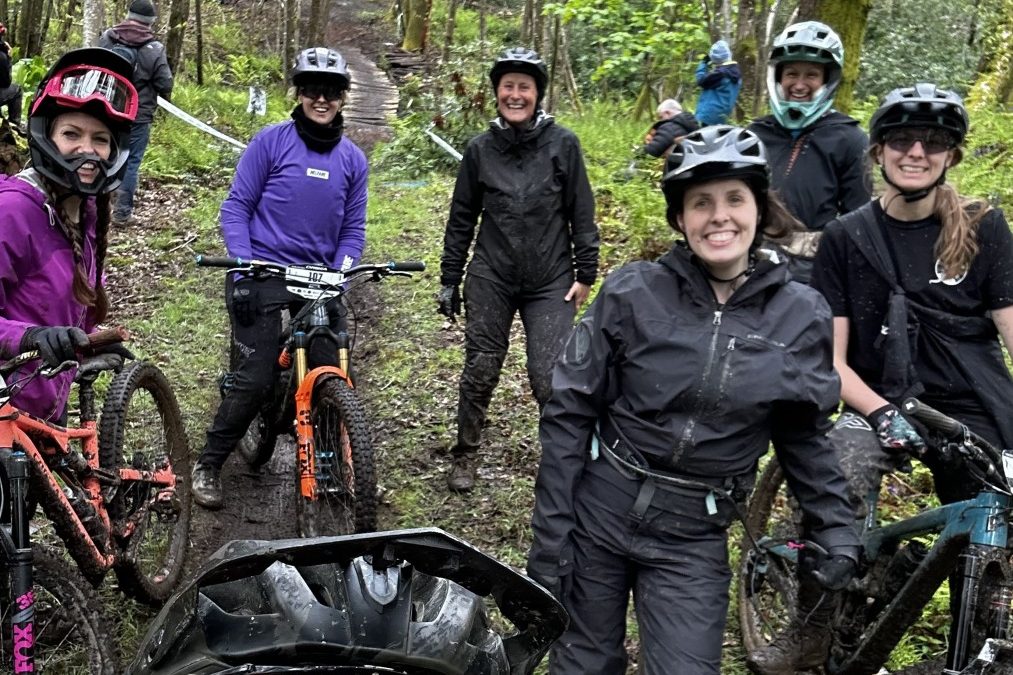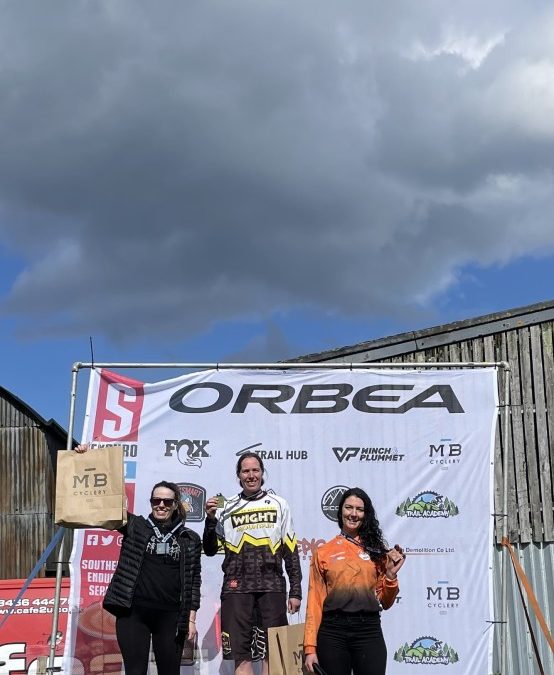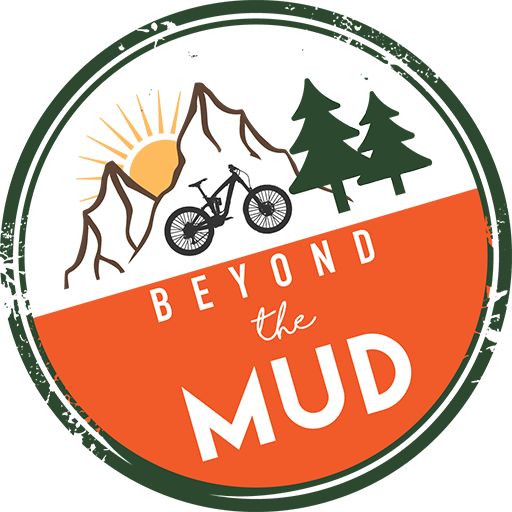
by hattenburrow | Mar 12, 2025 | Mountain Bike Racing
Earlier this year, Dave (a.k.a @boney_88_ ) took part in the @clublasantaraces a four day mountain bike races. Dave has been coming to Pilates for a number of years with us.
Here is his race report:
Lanzarote 2025 offered some challenging conditions with gale force winds to deal with this year.
Going into stage one i found good legs and managed to keep myself up the sharp end through the multiple stages.
I suffered a bit in the open power sections especially in the strong winds but made up time in the technical deep sand sections and single track.
I probably used i bit to much energy on the 3rd stage and suffered alot on the final stage but managed to hold 3rd place overall in masters 30+
3rd stage 1
4th stage 2
4th stage 3
6th stage 4
3rd overall M30+
Coming 3rd overall feels brilliant, this race has been one of my goals for years and to make the podium shows all the hard work is worth it.



by hattenburrow | Mar 6, 2025 | Training
The cycling off-season is a crucial period of rest for cyclists, typically lasting between 1 to 4 weeks, depending on the rider’s training intensity and racing schedule. This break allows both the body and mind to recover from the demands of cycling, preventing burnout and overtraining.
For most cyclists, a two-week break from the bike is considered the sweet spot for the off-season. This duration is usually sufficient to recharge mentally and physically while maintaining a desire to return to cycling. However, the ideal length of the off-season can vary based on individual circumstances:
- Cyclists training 1-4 hours per week: 5-7 days off the bike
- Those training 5-8 hours per week: 1-2 weeks off
- Riders training 9-14 hours per week: 2 weeks off
- Athletes training 14-20+ hours per week: 2-4 weeks off
The off-season typically begins after the last major event of the year, if you are racing, often in Autumn (September or October) for road, mountain, and gravel cyclists. This timing allows for adequate recovery before building fitness for the next season.

Benefits of the Off-Season
- Mental rejuvenation: Provides a break from the stress of training and competition
- Physical recovery: Allows the body to heal from the demands of cycling
- Prevents burnout: Helps maintain long-term motivation and enthusiasm for the sport
- Improved performance: A well-timed off-season can lead to stronger performances in the following season
Considerations for Off-Season Planning
- Listen to your body: If you still lack motivation after the planned break, consider extending your time off
- Stay active: Engage in light, unstructured activities to maintain general fitness
- Gradual return: When resuming training, start with easier rides and gradually increase intensity
- Strength training: Incorporate 2-4 days of strength work per week during the off-season to complement endurance training
Remember that while you may experience some fitness loss during the off-season, this is normal and can be quickly regained once you resume structured training. The benefits of a proper off-season often outweigh the temporary decrease in fitness, setting the stage for improved performance in the long run.
If you would like to know more about Velo Core, my app for cyclists that helps the improve their strength and power via off the bike workouts follow this link.
REGISTER INTEREST

by hattenburrow | Feb 20, 2025 | Training
Indoor cycling is primarily considered a cardiovascular exercise, but it does offer some strength-building benefits, particularly for the lower body. However, it should not be considered a replacement for dedicated strength training.

While indoor cycling engages muscles in the legs, glutes, and core, it doesn’t provide the same level of resistance and muscle overload that traditional strength training does. The resistance levels on indoor bikes allow for some muscle engagement and development, especially for beginners or those starting with low muscle mass.
Cardiovascular Benefits
Indoor cycling is an excellent form of cardio exercise that:
- Improves heart health and reduces the risk of cardiovascular disease
- Enhances aerobic capacity and VO2 max
- Burns calories and can aid in weight loss
Strength-Building Aspects
Although not a substitute for strength training, indoor cycling can:
- Develop leg muscles, particularly quads, hamstrings, and calves
- Engage core muscles, especially during standing portions of the ride
- Improve muscular endurance
For optimal fitness results, it’s recommended to combine indoor cycling with dedicated strength training exercises, where you can build not only muscle but bone density too!
If you would like to know more about Velo Core, my app for cyclists that helps the improve their strength and power via off the bike workouts follow this link.
REGISTER INTEREST

by hattenburrow | Jun 3, 2024 | Adventure, Biking Adventures
Mountain biking is an excellent form of exercise that offers numerous physical and mental health benefits. Here are some reasons why, we think, you should try mountain biking:
Physical Benefits:
Cardiovascular Fitness: Mountain biking is an intense aerobic activity that gets your heart pumping and improves cardiovascular endurance. It can provide both moderate and high-intensity cardio workouts depending on the terrain.
Muscle Strength: It engages and strengthens multiple muscle groups including your legs, core, and upper body. The constant pedaling works your quads, hamstrings, and calves, while navigating obstacles and maintaining balance strengthens your core and arms.
Weight Management: Mountain biking can burn between 600-800 calories per hour, making it an effective workout for weight loss and management. The more intense the ride, the higher the calorie burn.
Joint Health: Unlike high-impact activities like running, mountain biking is low-impact and puts less stress on your joints. It can improve joint function and mobility by strengthening the surrounding muscles and ligaments.
Disease Prevention: Regular exercise like mountain biking can reduce the risk of developing chronic conditions such as heart disease, stroke, type 2 diabetes, and certain cancers by up to 50%.

Mental Benefits:
Stress Relief: The adrenaline rush and immersion in nature can provide an immediate and measurable reduction in stress levels. The physical exertion also releases endorphins, improving mood.
Improved Focus: Mountain biking requires intense concentration, helping you achieve a “flow state” where you are fully present in the moment. This can quiet the mind and provide a mental break from daily stresses.
Sense of Adventure: With the ability to explore new trails and terrains, mountain biking offers a sense of adventure and excitement. It allows you to connect with nature and experience the great outdoors.
Social Connections: Mountain biking can be a social activity, providing opportunities to build meaningful friendships and share challenges with like-minded individuals.
Mountain biking is an addictive and rewarding sport that offers a full-body workout while allowing you to enjoy the great outdoors. It provides numerous physical and mental health benefits, making it an excellent activity to try.

Why not book a coaching session or guided ride with us this Summer and see how awesome mountain biking is for yourself! Simply contact us for more information.

by hattenburrow | May 13, 2024 | Racing
Southern Enduro, Milland Race Report by Demi
It was a super wet, cold, loose and muddy day. The trails are super fun at Milland but I struggle with riding in wet/loose conditions. I also need new tyres! Practice was cold with a couple of hard falls and I didn’t have a long wait between my practice and my race runs.

So I found I got pretty exhausted, riding with a group of fab ladies made it enjoyable and gave me more motivation to get through. Buy I actually found the day mentally and physically exhausting.
Happy to just make it through and even be third in my category.
Thank you to our sponsors Windwave, RightBike, Beyond the Mud, Southern Enduro, Beyond the Studio Pilates and Melon Optics.














